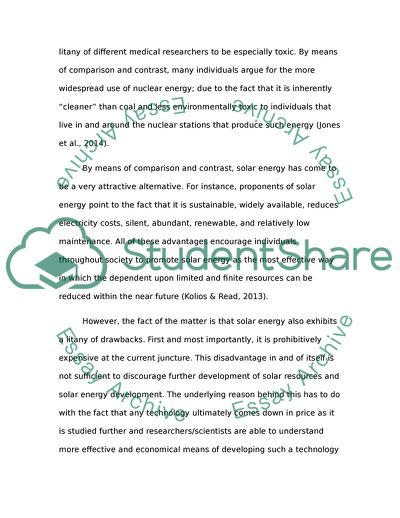Cite this document
(Renewable Electricity in the UK's Future Term Paper, n.d.)
Renewable Electricity in the UK's Future Term Paper. https://studentshare.org/environmental-studies/1821784-renewable-electricity-in-the-uks-future
Renewable Electricity in the UK's Future Term Paper. https://studentshare.org/environmental-studies/1821784-renewable-electricity-in-the-uks-future
(Renewable Electricity in the UK'S Future Term Paper)
Renewable Electricity in the UK'S Future Term Paper. https://studentshare.org/environmental-studies/1821784-renewable-electricity-in-the-uks-future.
Renewable Electricity in the UK'S Future Term Paper. https://studentshare.org/environmental-studies/1821784-renewable-electricity-in-the-uks-future.
“Renewable Electricity in the UK'S Future Term Paper”. https://studentshare.org/environmental-studies/1821784-renewable-electricity-in-the-uks-future.


